
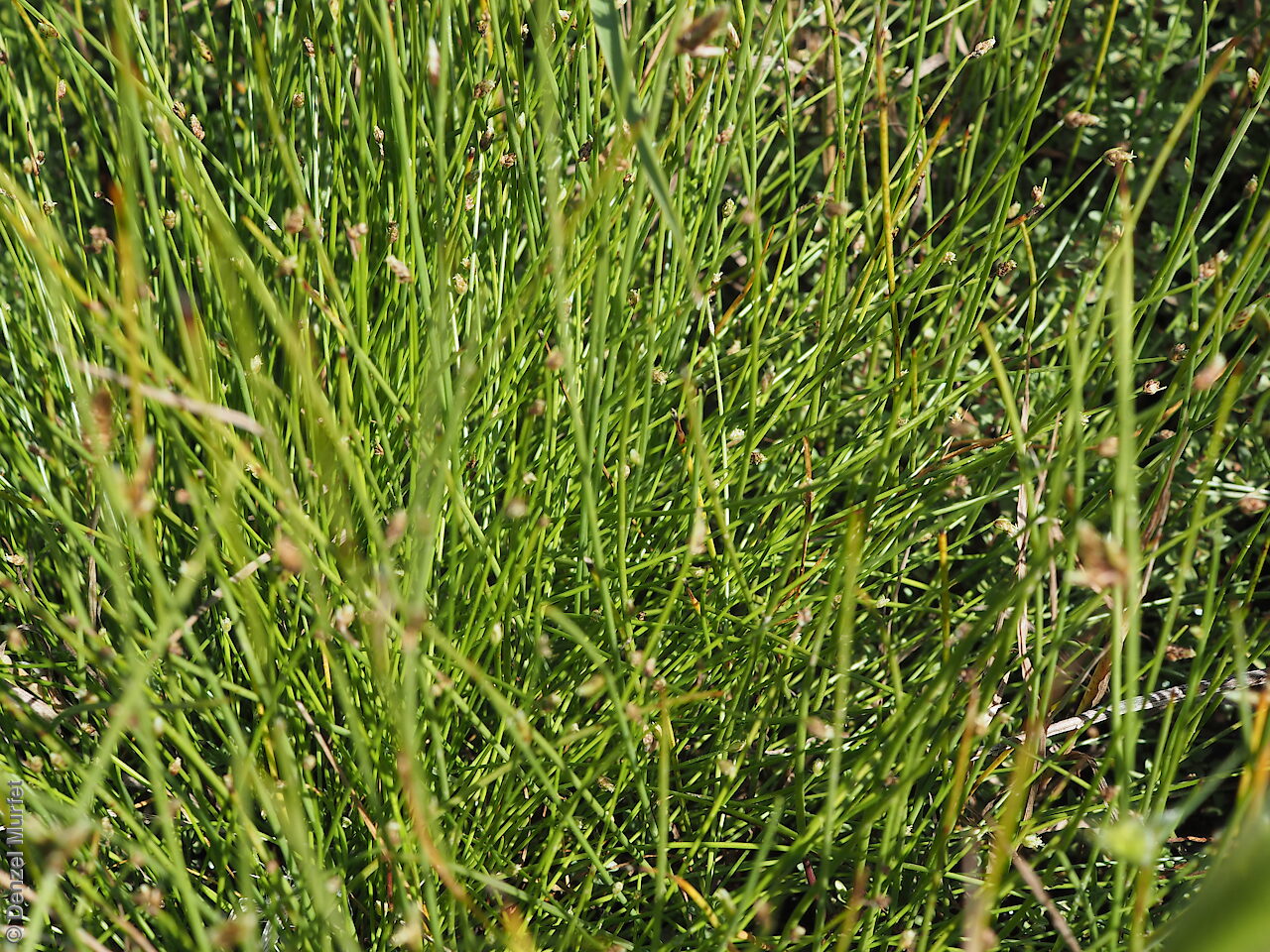

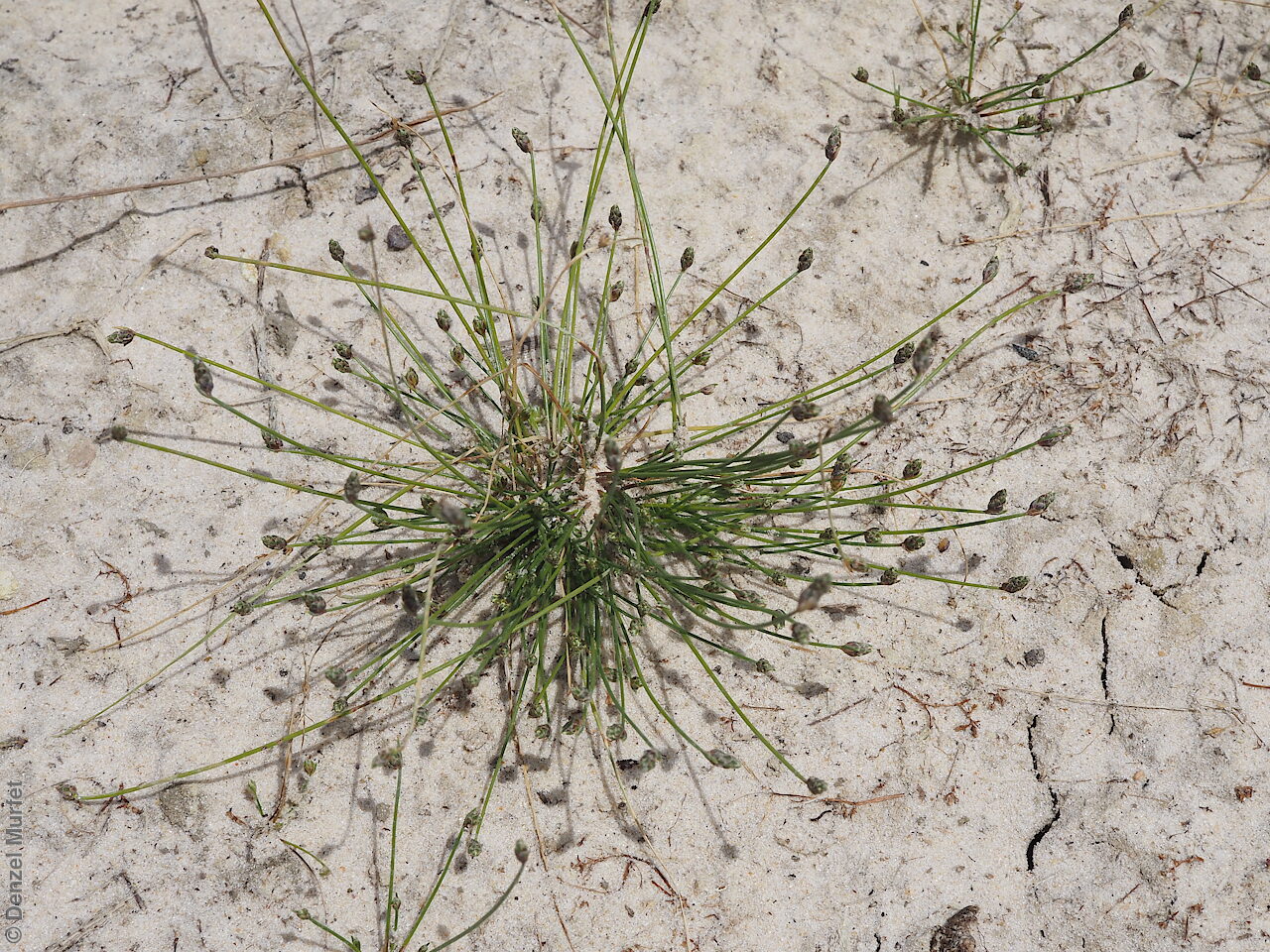
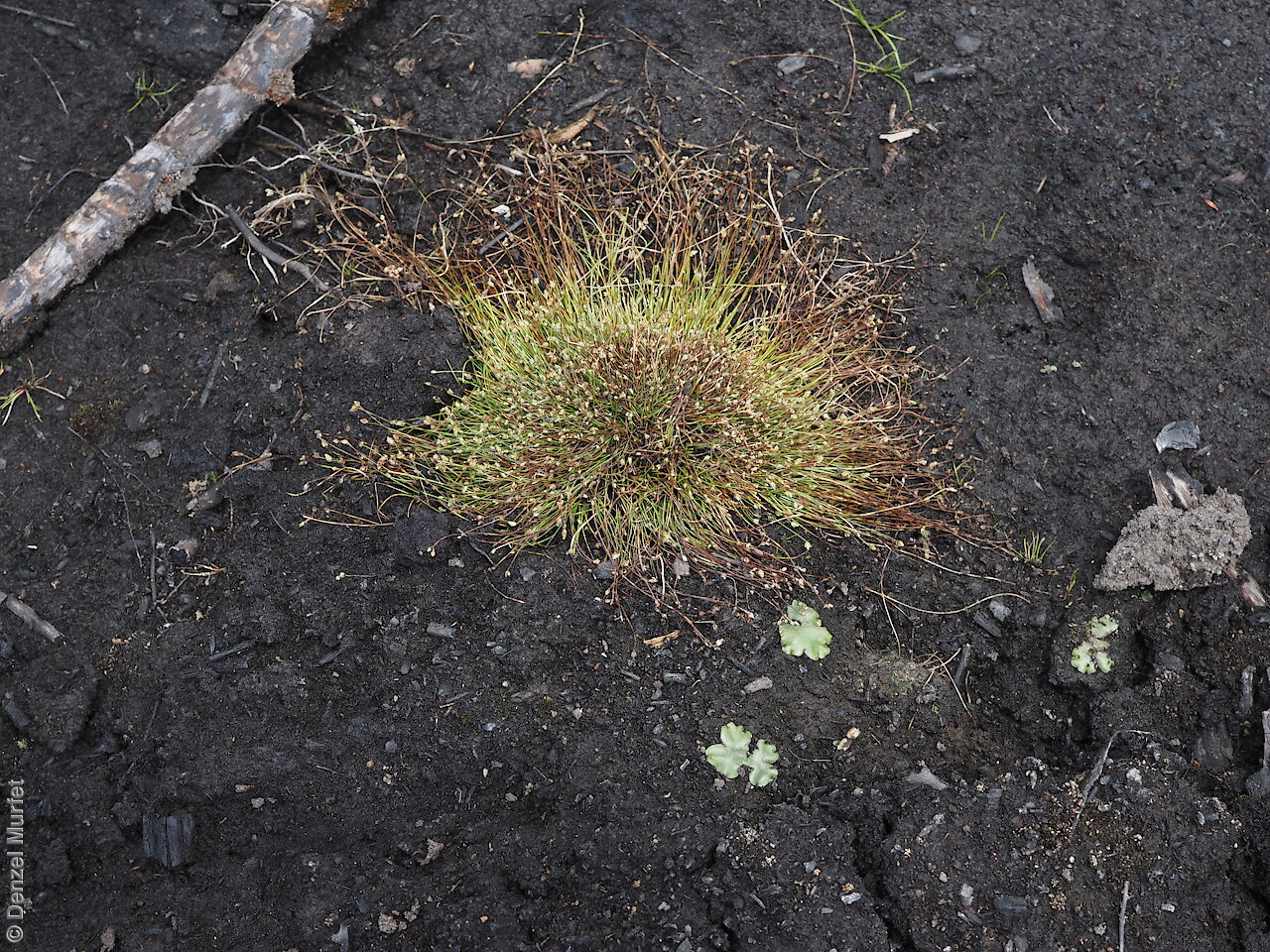

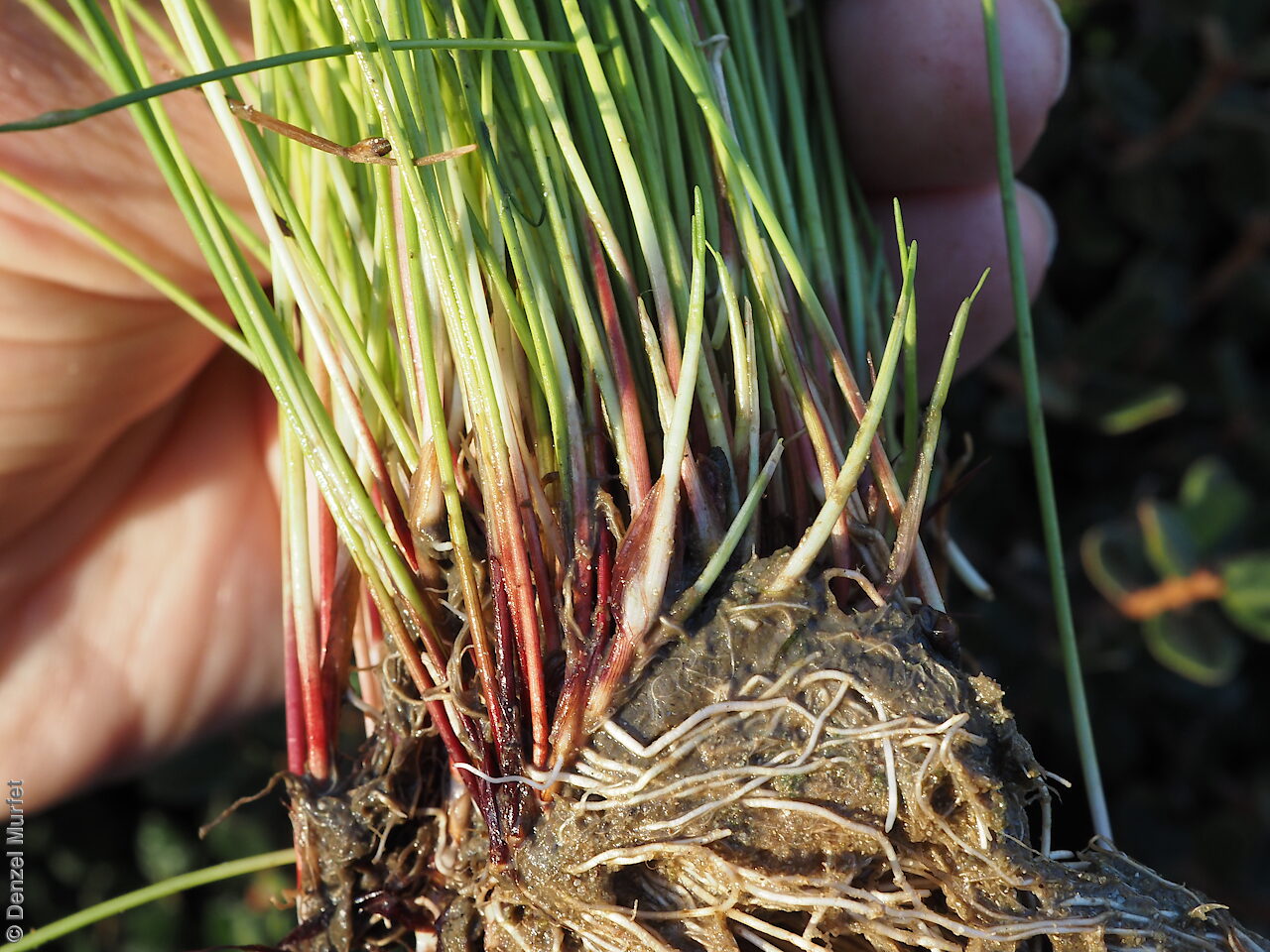
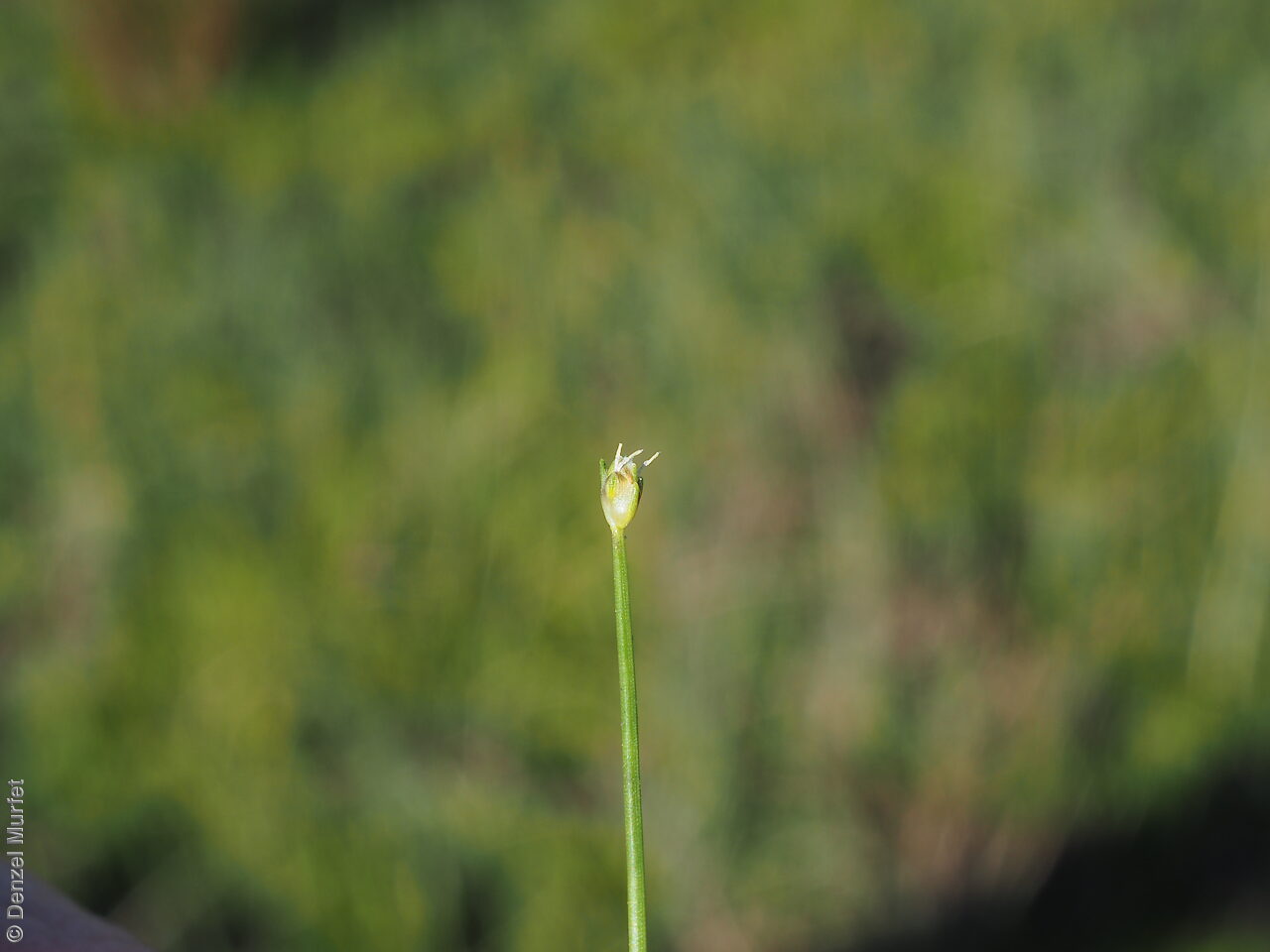
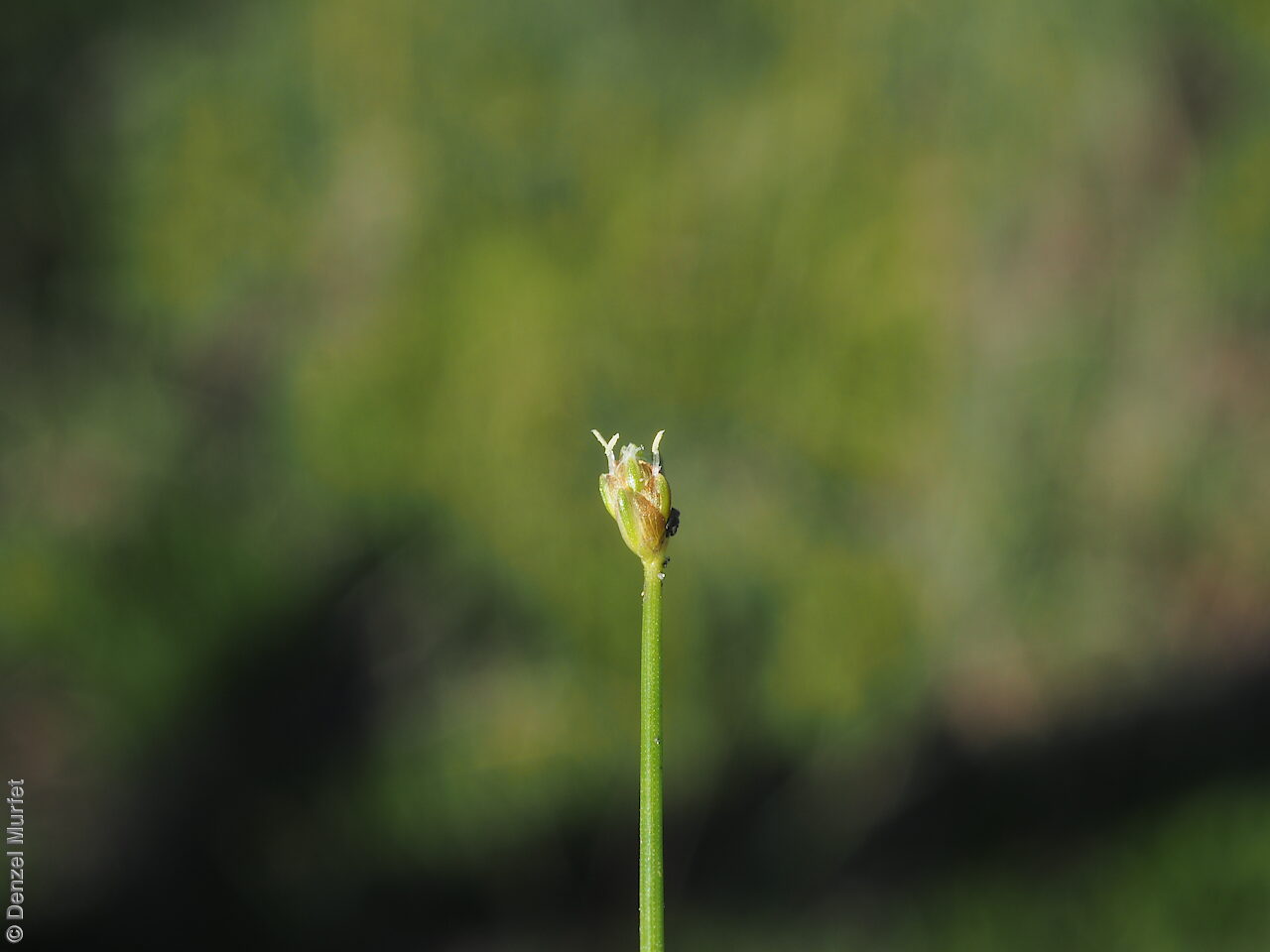

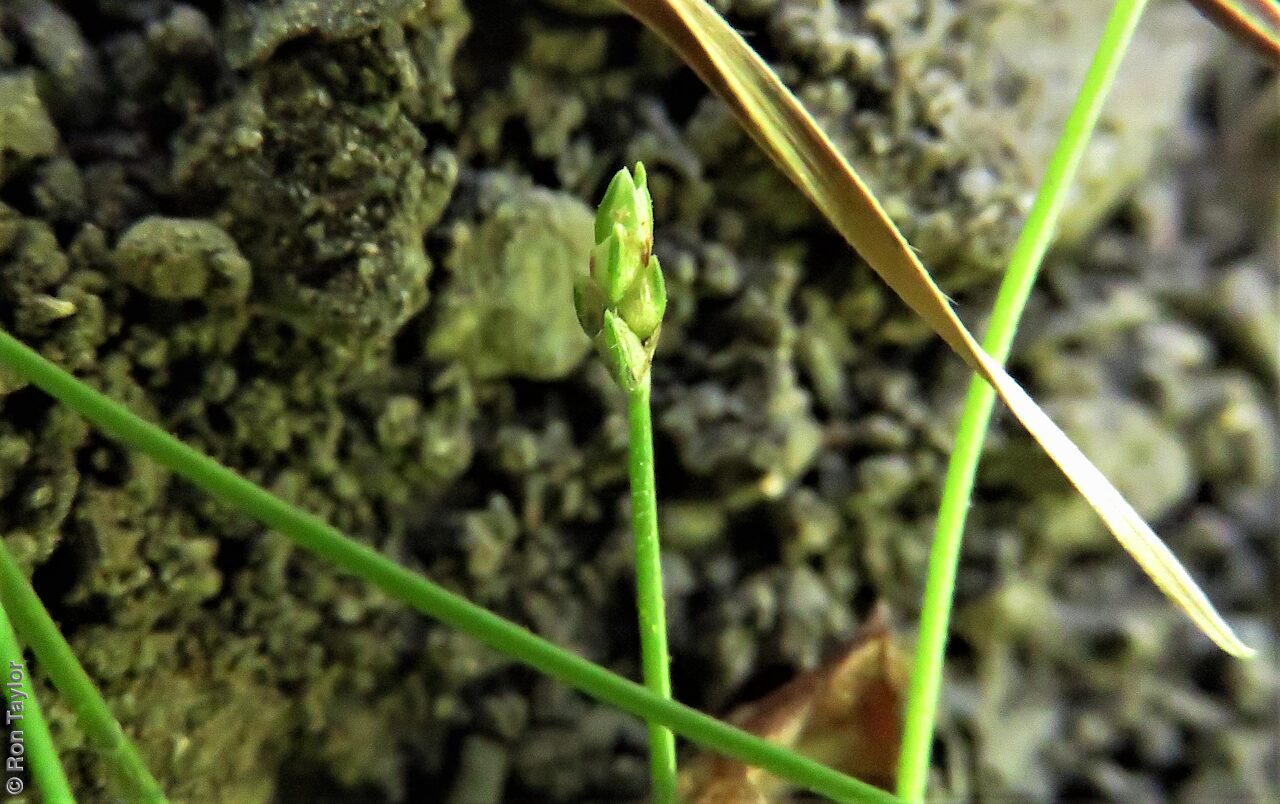
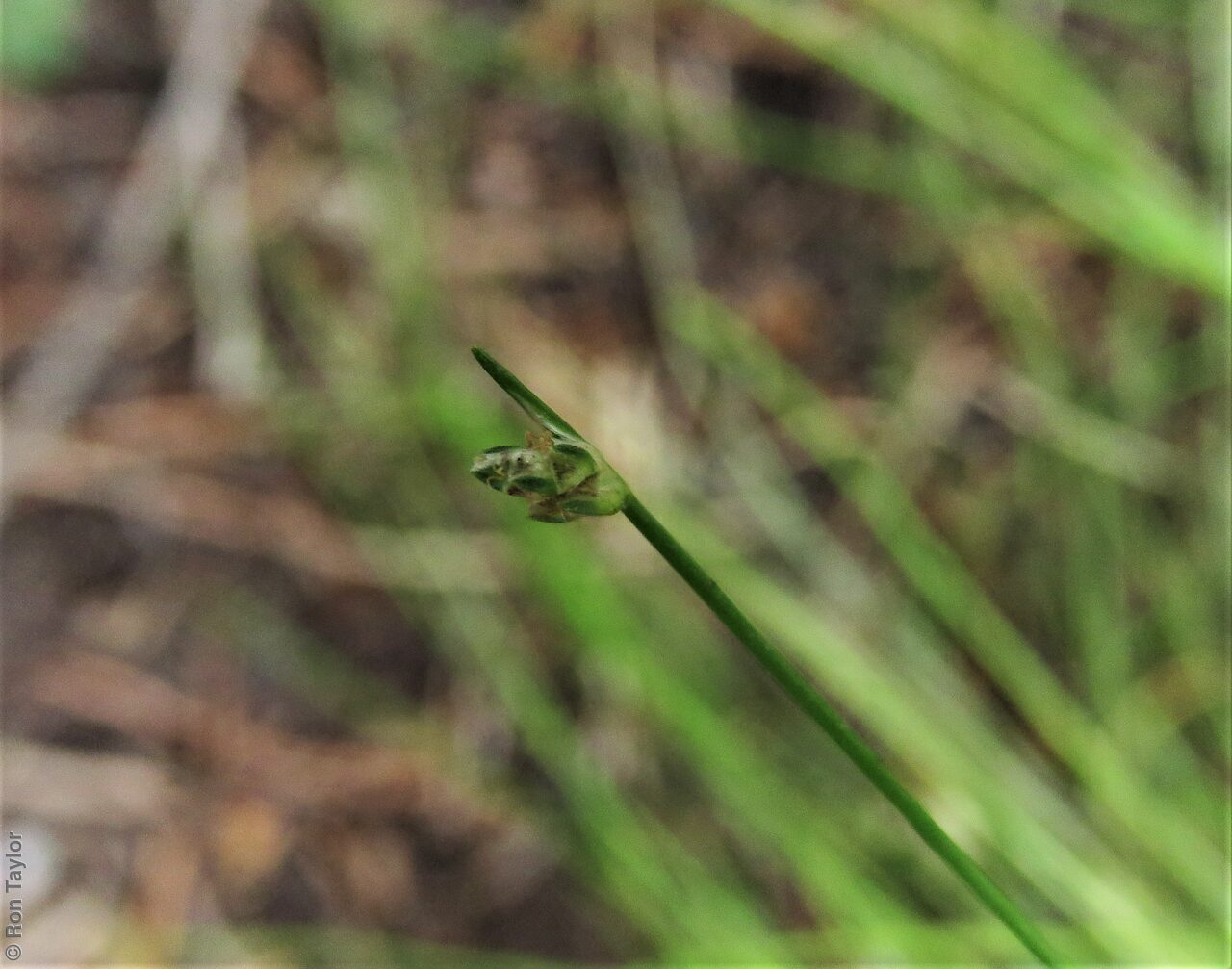
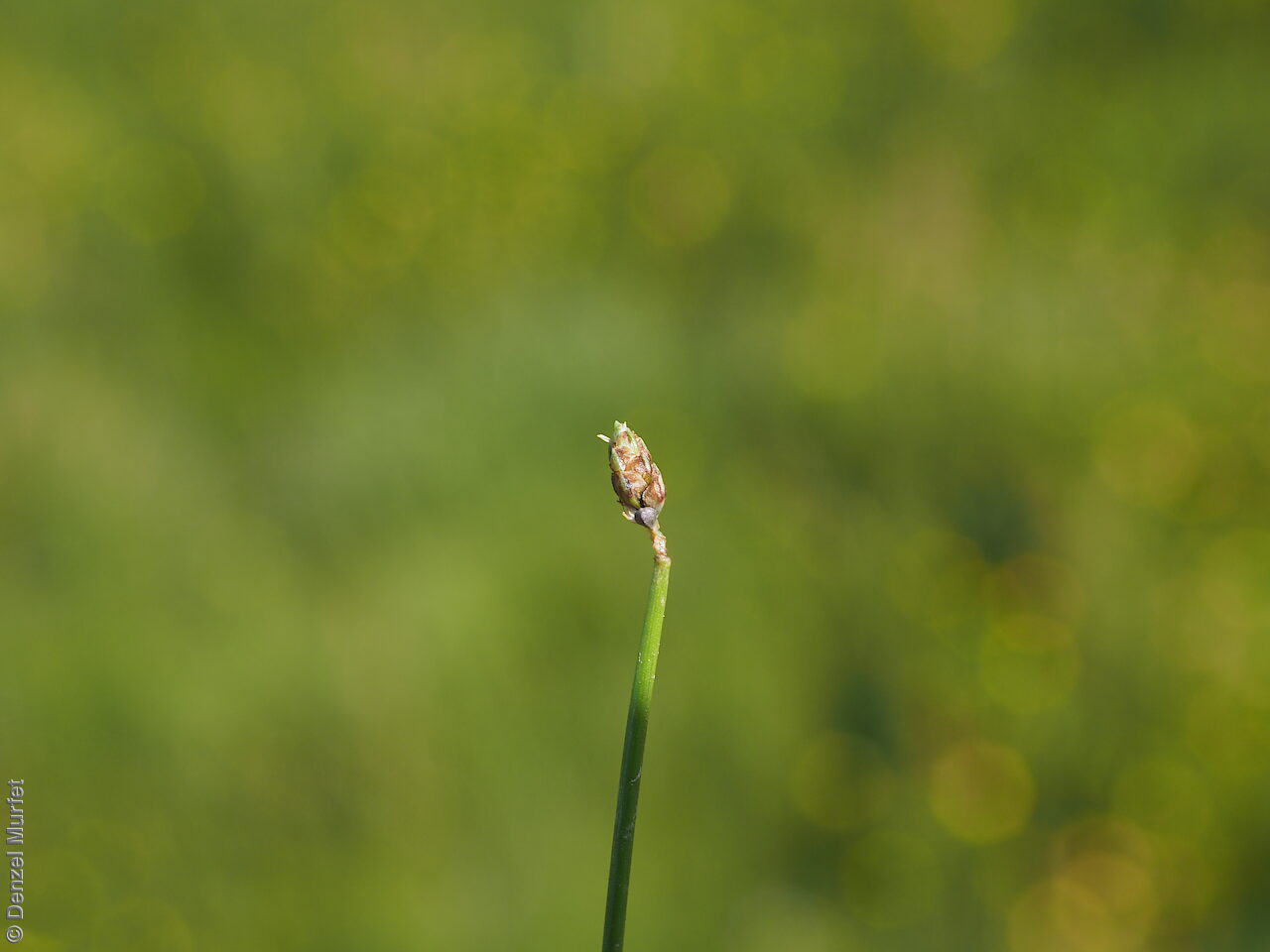

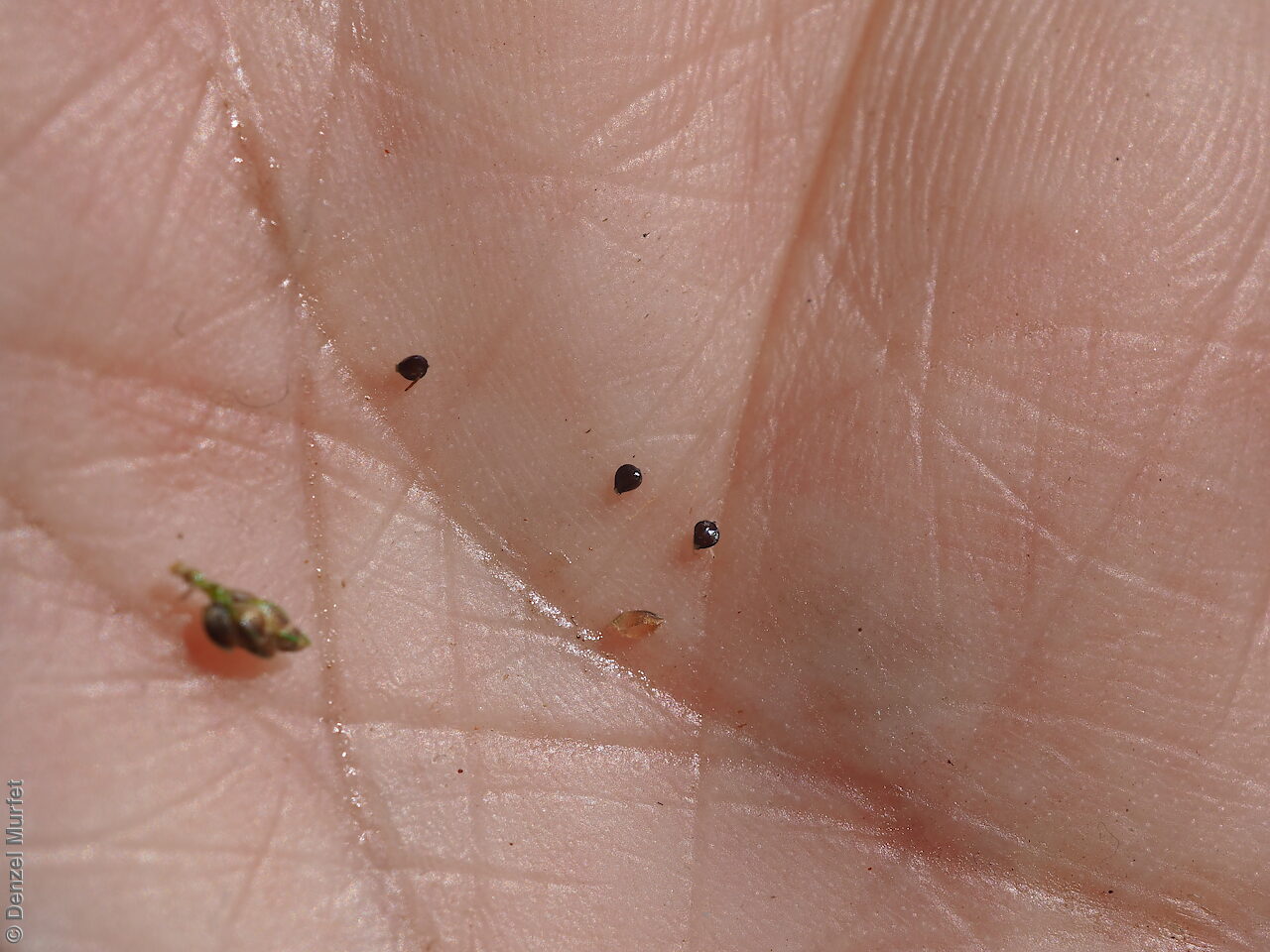
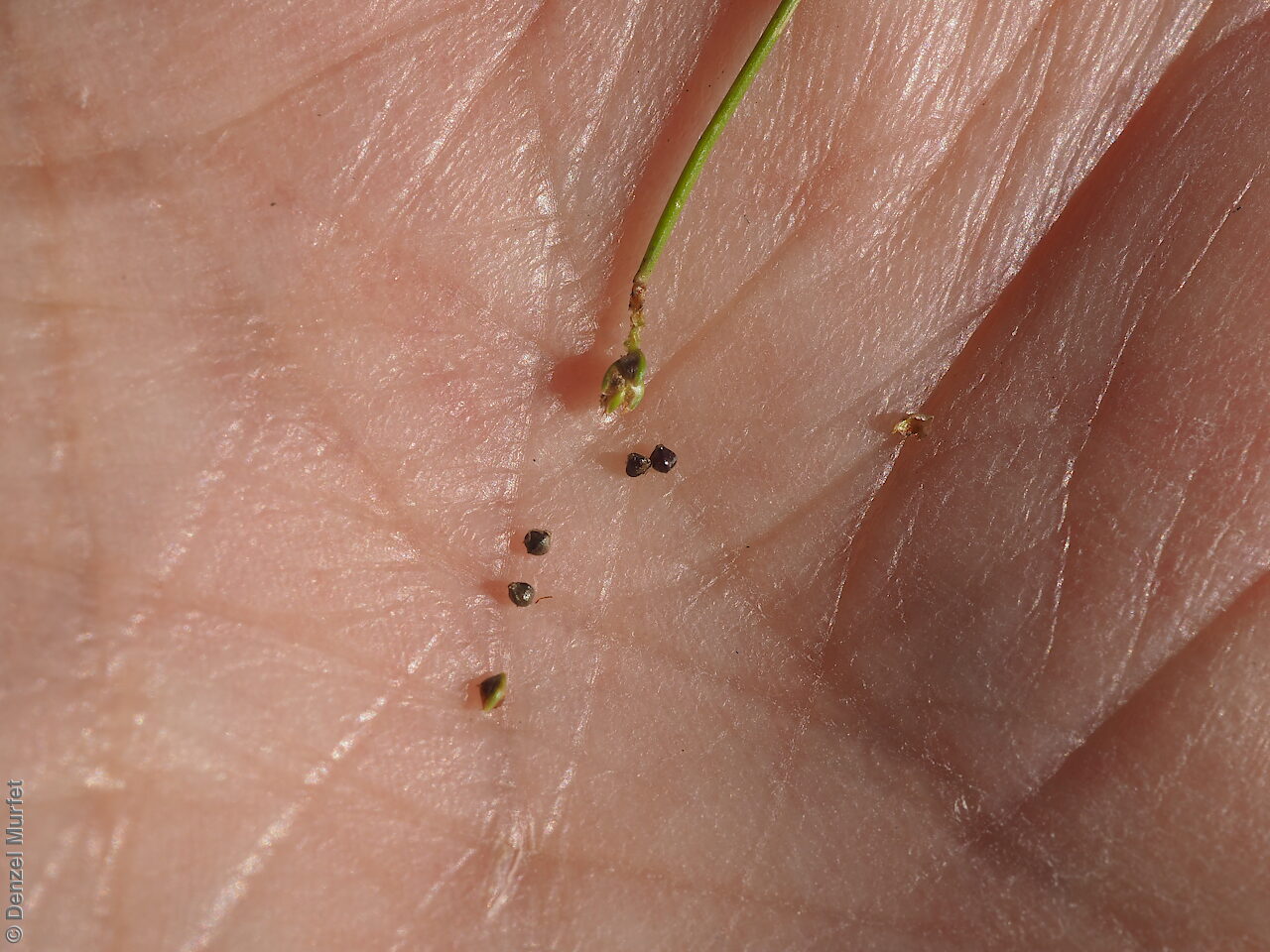
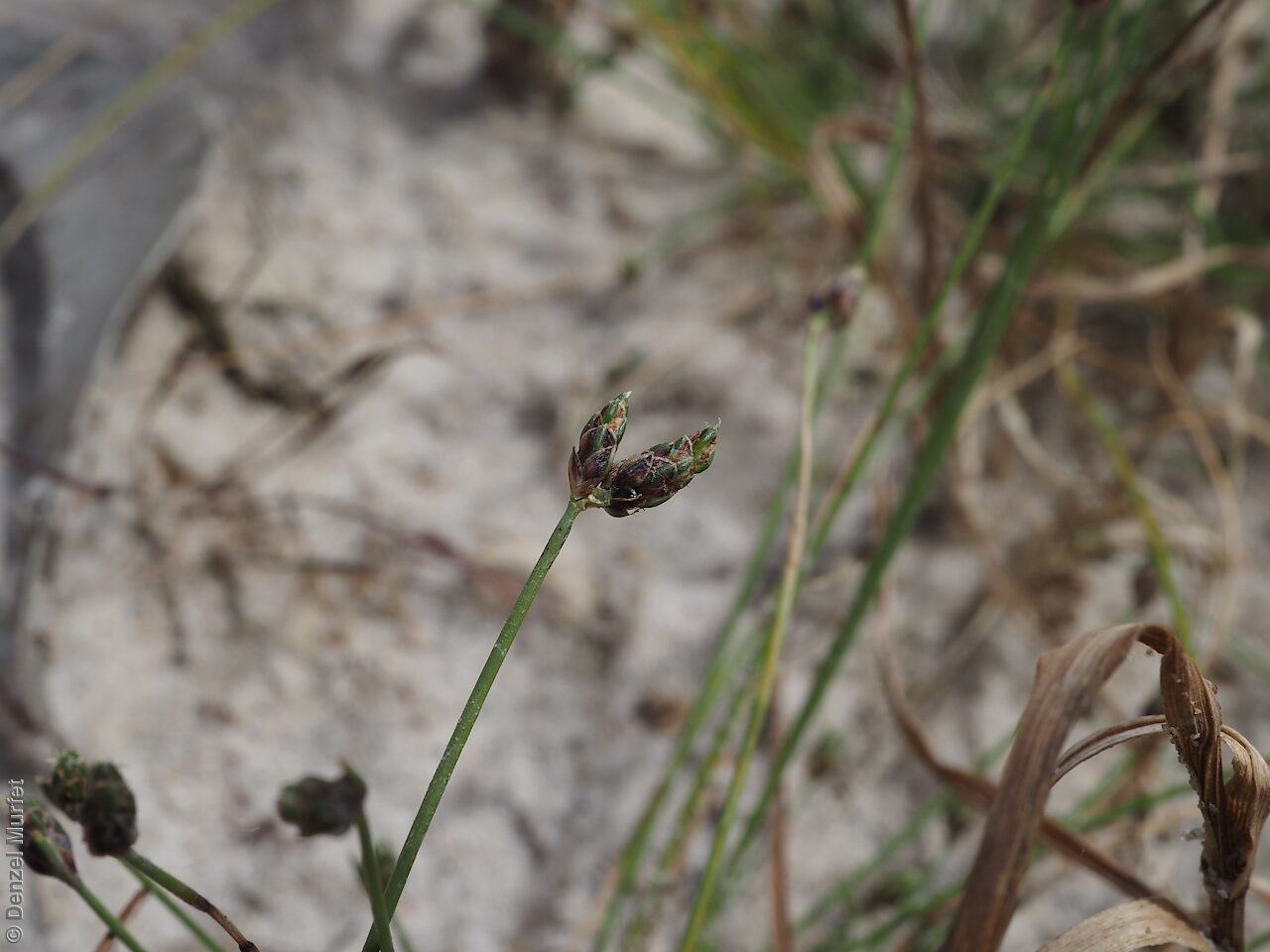
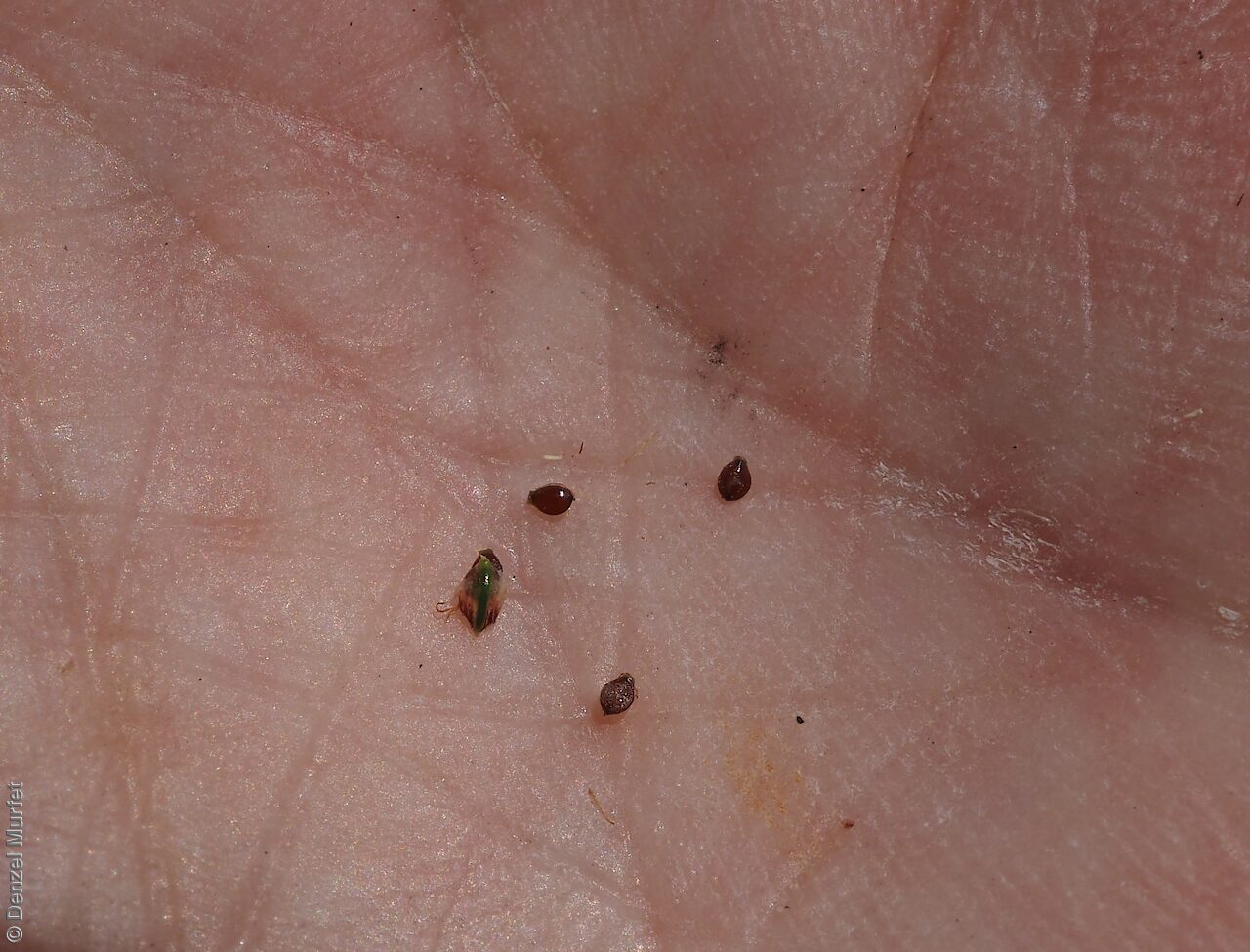
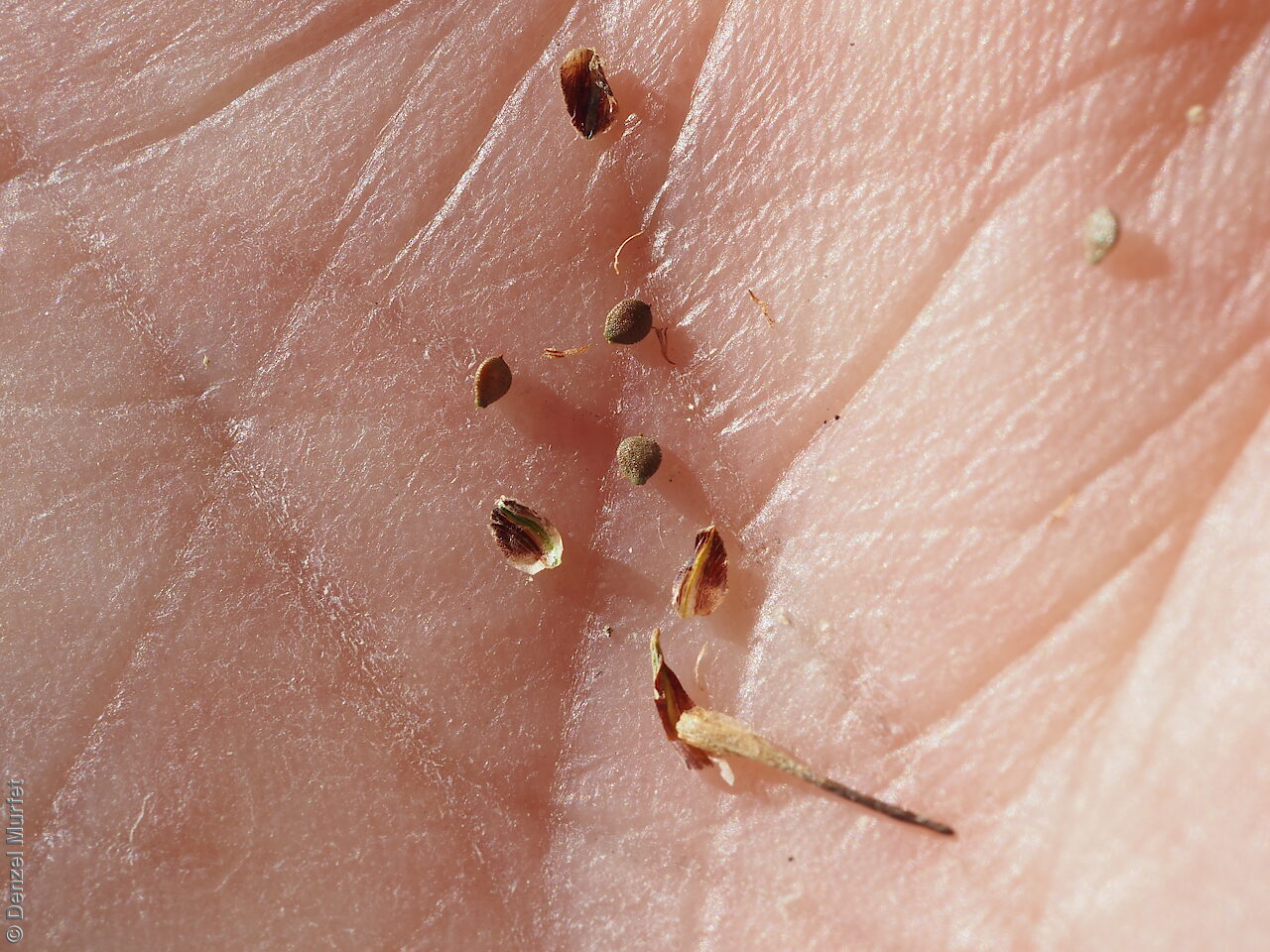
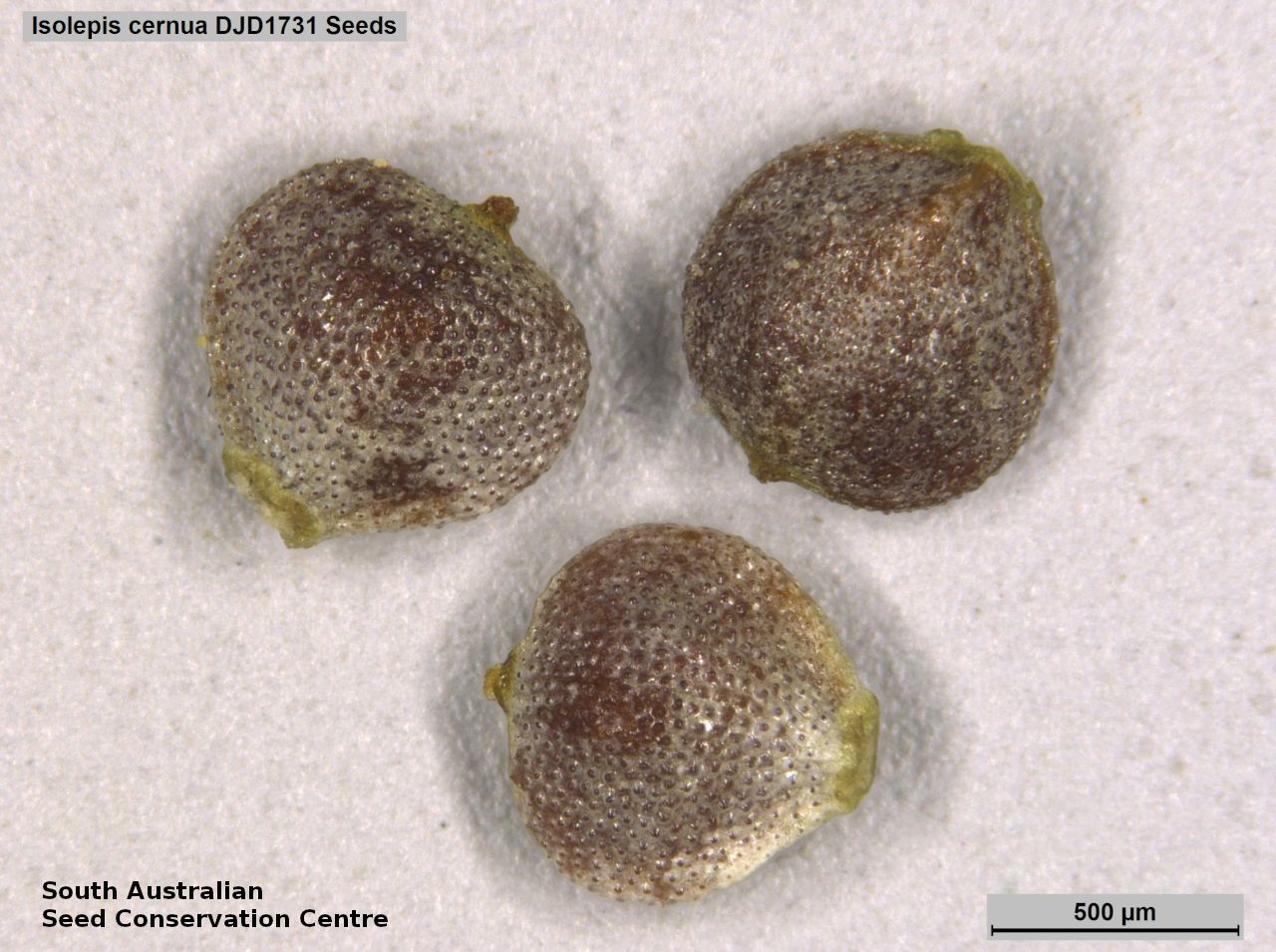


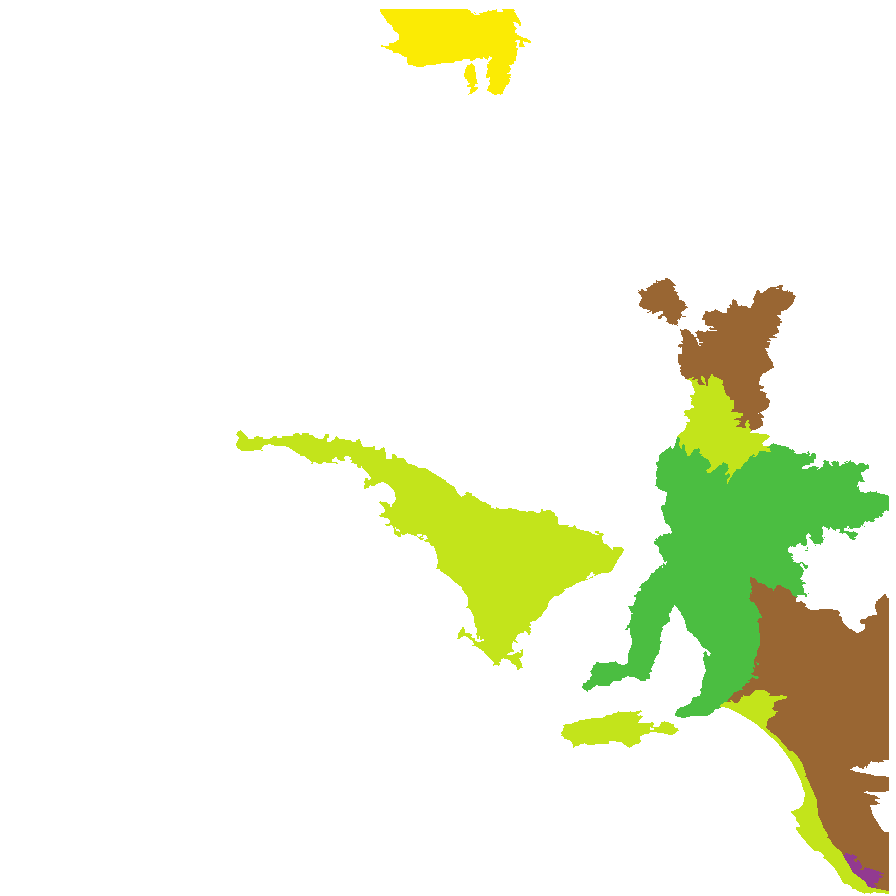
Botanical art
Prior names
Scirpus riparius
Scirpus arenarius
Isolepis riparia
Scirpus cernuus
Common names
Nodding Club-sedge
Nodding Club-rush
Low Club-rush
Etymology
Isolepis, from the Greek 'isos', meaning equal and 'lepis,' meaning scale, referring to the glumes. Cernua, from Latin 'cernuus', meaning overhanging, nodding, referring to the bract extending over the spikelet..
Distribution and status
Found in the southern part of South Australia, from the Gammon ranges to the lower South-east, growing in damp places, especially near the sea. Also found in all States except in the Northern Territory. Native. Common in South Australia. Common in the other States.
Herbarium regions: Lake Eyre, Flinders Ranges, Eyre Peninsula, Northern Lofty, Murray, Yorke Peninsula, Southern Lofty, Kangaroo Island, South Eastern, Green Adelaide
AVH map: SA distribution map (external link)
Plant description
Small annual tufted sedge, rarely more than 10 cm high and often much less, sometimes with a short slender rhizome. Stems setaceous, erect or more or less curved; usually rigid. Leaves usually reduced to a small point, rarely longer and setaceous. Involucral bract 1, as though a continuation of the stem but somewhat glume-like at the base; mostly 3-7 mm long, usually longer than the spikelet. Spikelet usually solitary, oblique, broadly ovoid, to 3 mm long; usually chestnut and more or less shining; not angular, glumes tightly appressed, sub-orbicular, concave and indistinctly keeled. Flowers throughout the year.; Fruits are single or few, brown ovoid fruit-head at the end of stems. Seeds are brown semi-flat ovoid seed to 0.8 mm long and 0.8 mm wide with a fine tuberculate surface. Seed embryo type is capitate.
Seed collection and propagation
Collect seeds between October and August. Collect fruits by picking off the mature heads; those turning brown and that come-off easily. Place the heads in a tray and leave to dry for one to two weeks. Then rub the heads with a rubber bung to dislodge the seeds. Use a sieve to separate any unwanted material. Be careful, as the seeds are very small. Seeds are brown and hard. Store the seeds with a desiccant such as dried silica beads or dry rice, in an air tight container in a cool and dry place. From one collection, the seed viability was low, at 30%.
| Location | No. of seeds (weight grams) | Number of plants | Date collected | Collection number Collection location | Date stored | % Viability | Storage temperature |
|---|---|---|---|---|---|---|---|
| MSB | 23,000 (3.66 g) | 100+ | 15-Feb-2006 | DJD408 South Eastern | |||
| BGA | 44,200 (4.34 g) | 3-Jan-2007 | RJB70973 Murray | 1-Aug-2007 | 30% | -18°C |
Number of plants: This is the number of plants from which the seeds were collected.
Collection location: The Herbarium of South Australia's region name.
% Viability: Percentage of filled healthy seeds determined by a cut test or x-ray.